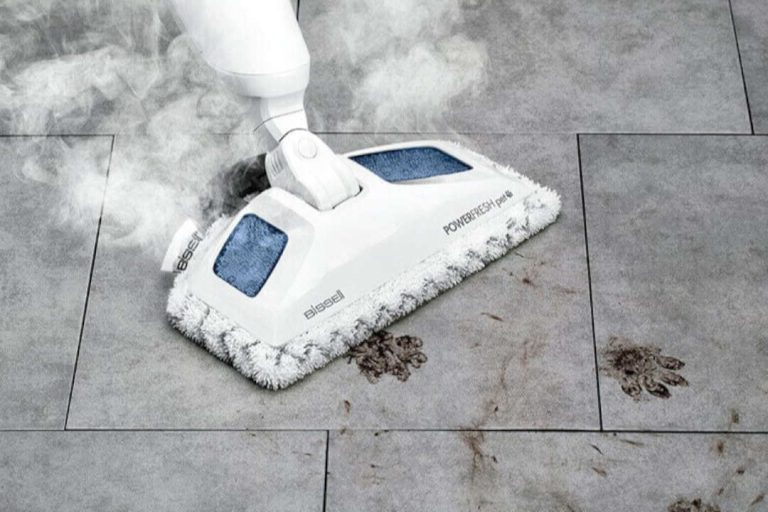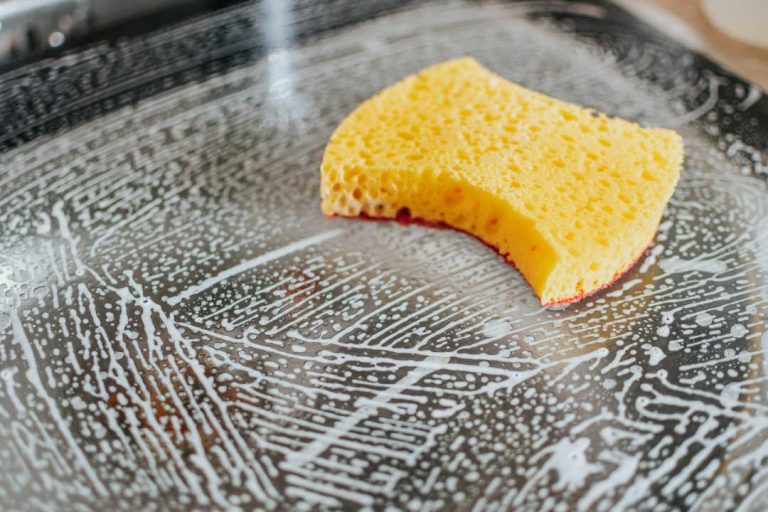In today’s bustling kitchens, grease and oils are bound to make their presence felt on your beloved kitchen cabinets. Constant exposure can lead to a grimy, unappetizing appearance and even damage the integrity and longevity of your woodwork if not properly addressed. So, how do you care for kitchen cabinets from grease and oils in the face of these culinary adversaries? Fear not! In this article, we will explore effective methods to safeguard your cabinets from grease and oils, ensuring that they remain in pristine condition for years to come.
Effective Tips for Combating Grease and Oil Buildup
Keeping your kitchen cabinets spotless can be quite a task, but with a few smart tricks, it can be made less daunting. Preventing stains, and dealing with grime and oil splatters can all be managed efficiently with these expert tips.
Understanding Your Cabinet Material
The first step in maintaining clean kitchen cabinets is understanding their material. Whether it’s wooden, painted, laminate, or metal cabinets, each comes with a unique set of cleaning instructions that you should be aware of to prevent causing damage.
Start with Regular Maintenance
The adage goes that prevention is better than cure, and it rings true for keeping your kitchen cabinets clean. Regular maintenance is key to warding off stubborn grime and oil marks. Wiping down your cabinets with a microfiber cloth weekly will maintain their shine and keep them free from dust.
Dealing with Spills Immediately
When cooking or preparing food in the kitchen, it’s common for spills to happen. The key to preventing them from becoming permanent stains is dealing with them immediately. Use a damp cloth or sponge to wipe up any spills as soon as they occur.
Battle the Oil Splatters Head-on
Kitchen cabinets often receive their fair share of oil splatters. A simple mixture of vinegar, dish soap, and hot water does wonders in breaking down the oil residues. Spray this mixture on your cabinet surfaces once a week and wipe them clean for a grease-free finish.
Don’t Neglect the Inside of Your Cabinets
Cabinets are not just about their exterior; their interiors matter too! Line your shelves with removable shelf liners for easier cleaning and managing spills. Drawer dividers can help you keep your utensils organized, making cleaning much more efficient.
Invest in Good Quality Cleaning Products
It’s worth spending a little more on good quality cleaning products that are gentle on your cabinet’s material while thoroughly cleaning them. Avoid harsh chemicals that might damage the surface over time. Opt for pH-neutral cleaners that remove stains without stripping away the finish.
Deep-Cleaning Periodically
Even when regular cleaning is done, deep cleaning should be considered periodically. Remove everything from inside your cabinets and wipe down every surface thoroughly using appropriate cleaning solutions. This will ensure no spots are missed during regular cleaning.
Be Patient
Cleaning is an ongoing process; try not to rush it or perform everything at once. Rather, make it an everyday habit to prevent buildups that are harder to clean later on. Start from one part of the kitchen and then move to another part the next day. This will make cleaning much easier and less tiresome for you.
Natural Hacks Can Come in Handy Too!
Baking soda mixed with water forms an excellent cleanser for those hard-to-remove stains. Similarly, using lemon oil polish works great in restoring shine to wooden cabinets.
Keeping Your Kitchen Cabinets Spotless: Use Right Cleaning Solutions
Over-the-counter cabinet cleaners are specifically designed to remove grease, oils, and other kitchen contaminants from cabinetry surfaces. These cleaners typically contain degreasing agents to help break down the buildup without damaging the cabinet material. Make sure to closely follow the instructions on the product’s label and test it on an inconspicuous area before using it on the entire cabinet surface.
1. Vinegar Solution
If you prefer a more natural approach, white vinegar is an excellent way to combat grease buildup. Mix equal parts vinegar and water in a spray bottle; then spray the solution onto the affected areas and let it sit for a few minutes before wiping it off using a soft cloth or sponge.
2. Baking Soda Paste
For stubborn stains that have hardened over time, use baking soda as an abrasive cleaner. Combine baking soda with water to create a thick paste and apply it directly to the stain using a cloth or soft brush. Gently scrub in circular motions until the grease breaks down; then wipe away the residue with warm soapy water before drying thoroughly.
3. Steam Cleaning
For a deep clean without harsh chemicals or abrasives, consider investing in a handheld steam cleaner. The high-temperature steam can break down grease and oil, making it easier for you to wipe them away with a cloth. This method is also effective for cleaning the hard-to-reach areas of your cabinets.
Conclusion
In conclusion, caring for your kitchen cabinets and protecting them from grease and oils is essential to maintain their longevity and appearance. By incorporating a regular cleaning routine, using appropriate cleaning products, and employing preventive measures like proper ventilation and the use of oil splatter guards, you can effectively reduce the buildup of grease and oils on your cabinet surfaces. Additionally, addressing spills promptly and installing easy-to-clean cabinet hardware can make the maintenance process smoother. Keep these tips in mind to ensure that your kitchen cabinets stay clean, visually appealing, and functional for years to come.
- How to Clean Kitchen Floor Grout Naturally: Easy DIY Methods - June 25, 2024
- How to Clean Thermoplastic Kitchen Cabinets Properly: Expert Tips - June 19, 2024
- How to Clean Mica Kitchen Cabinets: A Simple Guide - June 19, 2024






